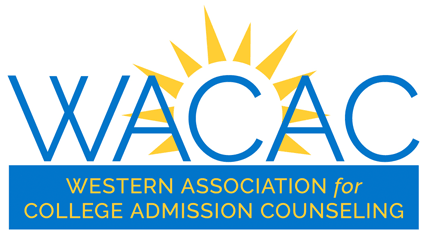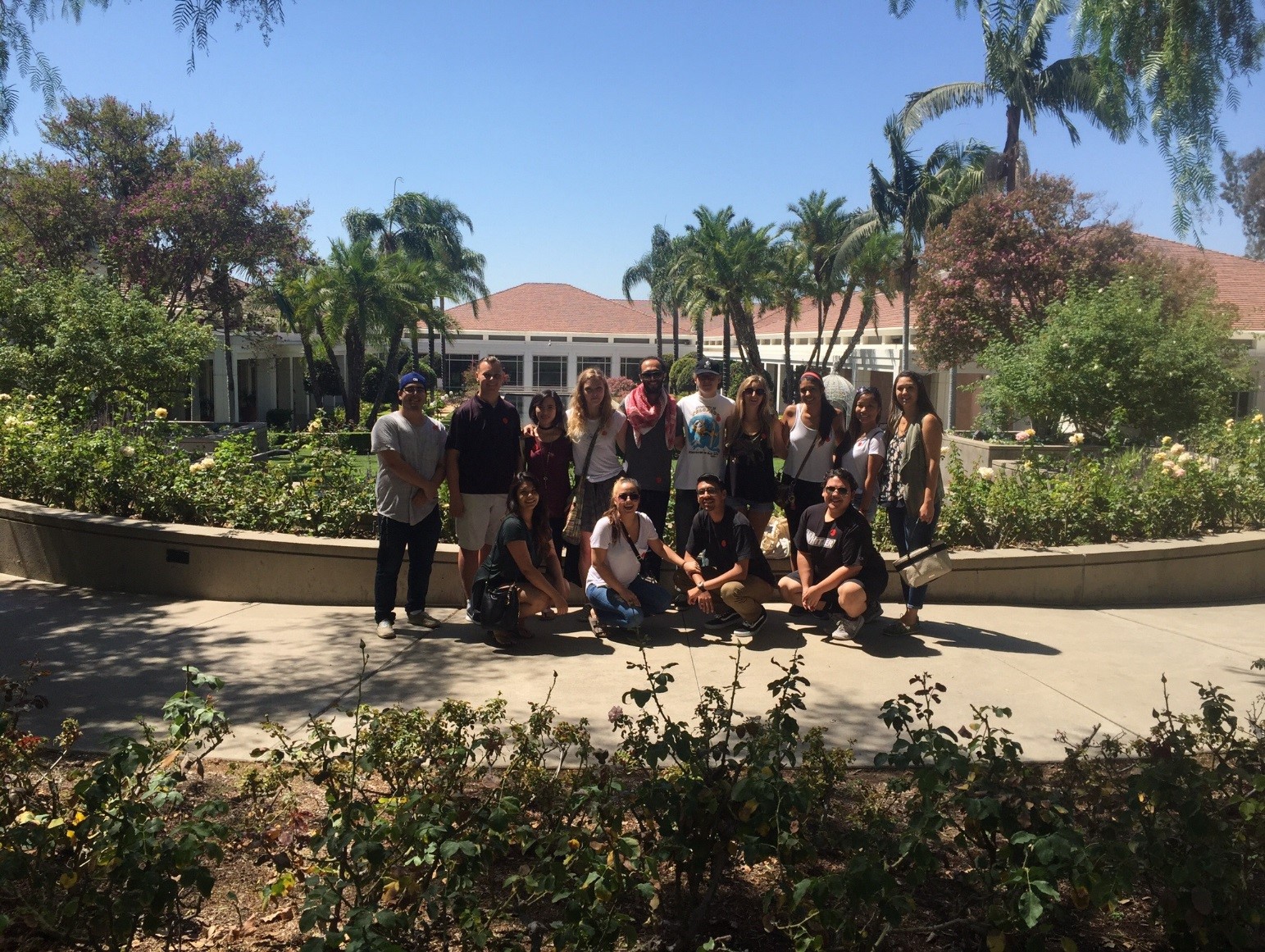By Megan McDevitt
Work and Study is a blog series curated by Janine Bissic, Director of Admission of Whittier College. The series will feature posts by various higher education professionals about working with student staff. Our first installment is about hiring and training student tour guides.
When looking to hire new tour guides, it’s important to look for students that are well rounded. Particularly, students that need opportunities for development. Hiring tour guides is not just to provide prospective families with tours but to also enhance the tour guide’s college experience. Additionally, as someone who hires tour guides, I also look for students who reflect the diversity of the current student body. After finding the ideal student ambassadors, the training process begins.
As admission professionals, we are not typically the day-to-day tour guides on campus, so we should not be the ones providing the training to newly hired tour guides. Seasoned tour guides are the best trainers. Providing new student hires with a tour handbook as a reference is an important first piece to training, but having them jump on a campus tour with a seasoned tour guide is the best way to train without taking up hours of the admission staff’s limited time during the fall. Seasoned ambassadors benefit from this training model via the professional development they can obtain in training peers. At the end of the day, every task the tour guides are given should have an element of professional development. To embrace the many personalities that make up a student work staff, it is ideal to have a training retreat that has a social/team-building element.
Providing a social element to a training retreat will help keep the retreat engaging and set a harmonious tone for the staff. Establishing norms, expectations and a sense of teamwork enhances the tour guide group dynamic. Social activities will also give you an opportunity to read the tour guide staff’s various personalities and enforce the team values. It is important to address any conflict as soon as possible but also use the conflict as a learning opportunity. For many students, this work study position might be their first professional working environment. As supervisors it’s important to remember that the more we invest in our student workers’ professional development, the better they will be in their role serving as the “face” of the student body to campus visitors. We are creating the future workforce and our offices are just one stepping stone for a student’s professional development.

